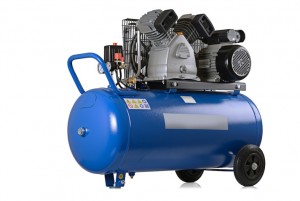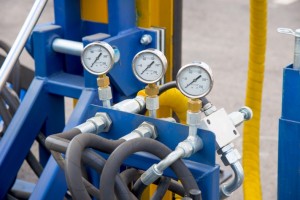 Compressed air systems represent about one-tenth of the total energy a manufacturing plant consumes. Here are some strategies to pursue for improving compressed air system efficiency without undergoing a full system replacement.
Compressed air systems represent about one-tenth of the total energy a manufacturing plant consumes. Here are some strategies to pursue for improving compressed air system efficiency without undergoing a full system replacement.
Choose the Right Component Sizes
Oversized valves don’t just waste energy, but they limit the real estate in machine and system designs. Choosing the right valves can reduce electrical costs. You can also use straight fittings wherever possible instead of elbow fittings to minimize pressure drops.
Vacuum Less
It’s not uncommon for systems to apply pressures up to 100 psig for vacuum cups that only require 70 psig. Addressing this will result in noticeable savings. We also recommend looking for air economizing vacuum solutions that allow turning the vacuum off when parts aren’t present.
Add an Air Preparation System
Clogged filters result in increased maintenance costs. Visual and electrical sensors detect pressure drops as filters become dirty. An experienced industrial filter supplier in Richmond can help recommend a “smart” air preparation system that will ensure sufficient airflow.
Locate and Stop Leaks ASAP
In some plants, up to 30% of a compressor’s output can leak away through loose or faulty hoses, fittings, valves, etc. An ultrasonic acoustic detector can help track down these leaks so you can repair them sooner.







 Aside from human error, the most common source of hydraulic system failure is fluid contamination. In fact, it is estimated that up to 90% of hydraulic failures result from contaminated fluids. Contamination can exist as solid particles, water, air and reactive chemicals – all which can negatively affect fluid functions in one way or another. If any of these functions are debilitated, the system will not perform as it should, and sudden, catastrophic failures become possible. The repairs needed and resulting downtime can easily cost a facility thousands of dollars.
Aside from human error, the most common source of hydraulic system failure is fluid contamination. In fact, it is estimated that up to 90% of hydraulic failures result from contaminated fluids. Contamination can exist as solid particles, water, air and reactive chemicals – all which can negatively affect fluid functions in one way or another. If any of these functions are debilitated, the system will not perform as it should, and sudden, catastrophic failures become possible. The repairs needed and resulting downtime can easily cost a facility thousands of dollars.


